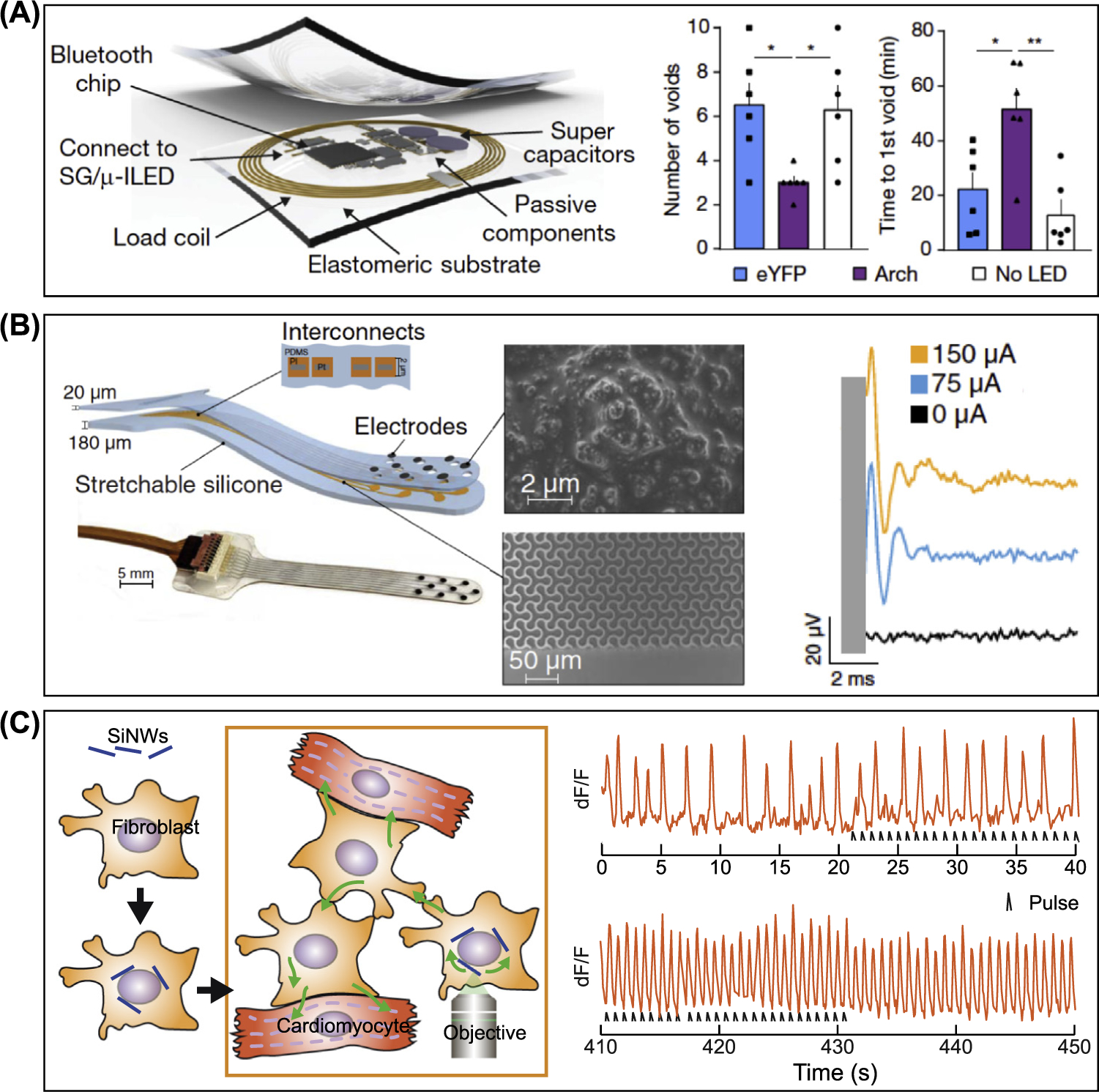Figure 4. Soft–Hard Composites Can Modulate Biological Activities.

(A) Wireless bio-optoelectronic implant for optogenetic peripheral neuromodulation. (Left) Schematic of the implantable wireless control and power module. (Right) Plot of number of voids after cyclophosphamide injection (3 h later) and plot of the time to formation of the first void following injection in experimental and control groups. Plots demonstrate that the system was capable of recognizing abnormal voiding patterns and conditionally activating the μ-LED to attenuate the increase in voiding induced by cyclophosphamide. The filled squares, triangles, and circles represent the data points; n = 6 rats/group. *P < 0.05, **P < 0.01; two-way analysis of variance with Tukey’s multiple comparison test. Adapted, with permission, from [74]. (B) Soft auditory brainstem implants (ABIs) for evoking auditory neural activity. (Left) Schematics and a photograph of the soft ABI. ABIs are composed of polyimide layers, platinum, and silicone layers. Interconnects formed by polyimide and the platinum are embedded between the silicon layers. (Middle) Scanning electron microscopy images of the Pt-polydimethylsiloxane (PDMS) composite that coats the electrode to decrease the impedance and the microstructured multilayer (polyimide) of the interconnects. (Right) Plot of auditory brainstem response (ABR) waveforms evoked via monopolar electrical stimulation of a single mouse (week 4). Adapted, with permission, from [76]. (C) Myofibroblast-silicon composites for cardiac stimulation. (Left) Schematic of the myofibroblast-silicon nanowire hybrid methodology with Si nanowires (SiNWs) seeded on myofibroblasts. Hybrids can be cocultured with cardiomyocytes or injected into the heart tissue to provide high-resolution photo-modulation. (Right) Plot of dF/F versus time of electrical activity at the spots that were not in direct contact with the hybrid. The initial slow rate of electrical activity gradually increases and synchronizes with the laser pulses, demonstrating that optical modulation of myofibroblast-silicon composites could induce override pacing in cocultured cardiomyocytes. Adapted, with permission, from [81].
